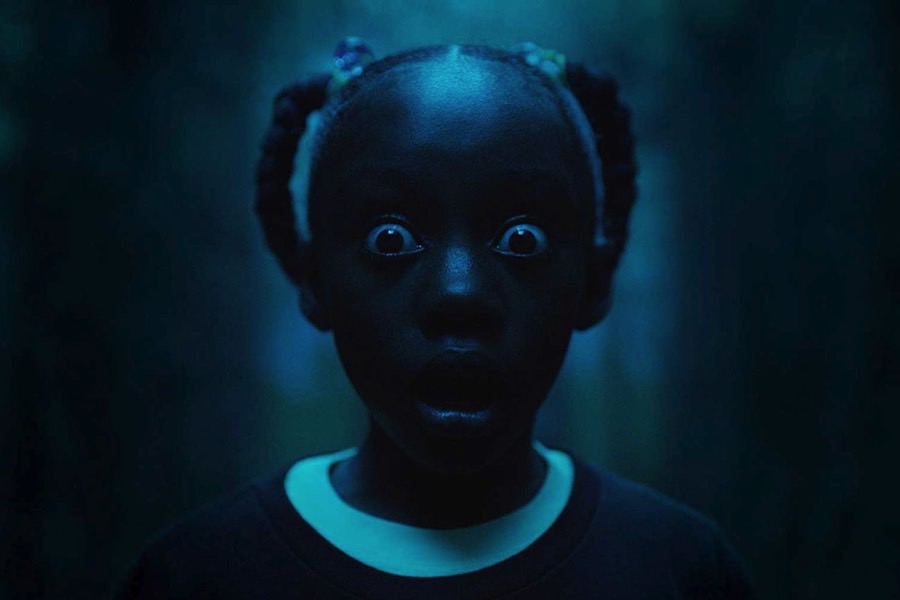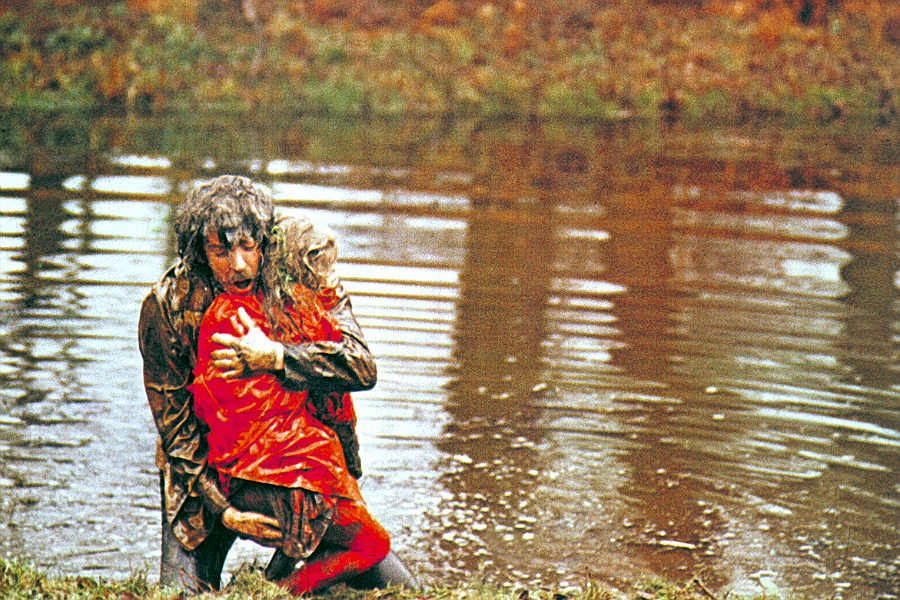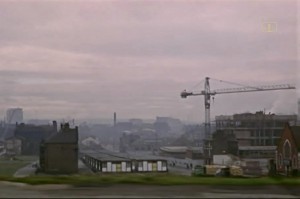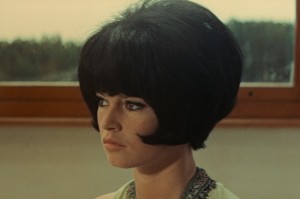Comment: Post-Horror? Give Audiences More Credit

As Midsommar and Don’t Look Now hit UK cinemas, Mike Pinnington applauds the horror film that breaks free of genre constraints…
I get where people are coming from when they talk about ‘post-horror’, ‘elevated horror’ or ‘high-class horror’; there has definitely been a trend of late for films appearing to have more nuance than your average zombie, slasher, lonely psycho-killer-style tropes. For those who consume their cinema on bases other than any particular categorisation, you may be blissfully ignorant of this school of thought. So, a quick recap: the terms above have tended to be attached to films that play by different rules, or subvert accepted genre conventions. They include the likes of Jordan Peele’s latest, Us, or David Robert Mitchell’s It Follows. Regularly, it seems, such adjectives are employed by critics hoping to give readers the nod that they wouldn’t be caught dead watching – never mind reviewing – just any old horror film, no siree Bob.
The most recent film to be given the honour of somehow breaking free of its genre constraints is Ari Aster’s Midsommar, which the Economist informs us “has the resonant themes, painstaking cinematography and Oscar-worthy acting to pull in viewers in the mood for a prestigious drama; but it will also appeal to those who just fancy seeing close-ups of good-looking youngsters being mutilated.” Note the high/low dichotomy – as if no viewer alive could desire both of those things. Another piece wishing to make such a contrast was written in response to Casey Affleck’s A Ghost Story: “Mainstream moviegoers went in expecting a straight-up horror; they came out unsure about what they’d seen, and they didn’t like it.” It gets worse. “Critics, and a certain section of viewers, have loved the film.” It’s that split between “mainstream moviegoers” and “critics” that implies – screams – disdain for the former, in much the same way that readers of literary fiction might think of genre fiction. Again, are we not capable of enjoying both? I’d (mistakenly?) assumed we’d reached the point where audiences are given more credit for being savvy consumers with complex cultural requirements.
There has, thankfully, been some kickback to this line of thinking. As The New Yorker’s Richard Brody observed recently: “The concept of genre is useful to marketers who are able to condition viewers to pigeonholes… But it’s the directors themselves whose elevation matters; though they may be credited with taking a genre and elevating it, they’re merely making a film that’s at their own high level of artistry, and damn the conventions – except to the extent that those conventions are themselves among the movie’s subjects.” In any case, it seems to me that any smart critic (not reviewer – they’ll be happy to tell you in drawn out fashion that there’s a difference) looking to stake their claim as a footnote in a PhD thesis has missed the boat by some decades. While there’s no one, definitive sense of what constitutes post-horror (I chose what I regard to be the most laughable of these terminologies), looking back, there are a few candidates that already handsomely fit the bill. Designated third best horror film of all time (the Guardian, 2010) and best British film (Time Out), Nic Roeg’s Don’t Look Now, back in cinemas thanks to a new 4K restoration, is itself hardly typical.

Adapted from Daphne Du Maurier’s chilling short story, it has literary origins – catnip for the exclusivity snobs among us. Each version takes its title from Du Maurier’s opening line. “Don’t look now,” John said to his wife, Laura, “but there are a couple of old girls two tables away who are trying to hypnotise me.” John and Laura are in Venice, the former working on the restoration of a church. This playful chat over a meal belies the fact that the couple are yet to come to terms with the loss of their young daughter Christine, and foreshadows another life-changing turn of events. In the film, we are shown the tragedy in artfully distressing fashion, John realising too late the danger at hand. What follows, and what makes Roeg’s adaptation a cut above many films (no matter the pigeon-hole), is its intermingling of that tragedy with creeping dread and the supernatural in a crumbling, off-season Venice. The city is a gift to Roeg: its grimy bridges, blind alleyways and shadows suit this ex-cinematographer’s eye down to the ground. A character in its own right on page and screen, the rotting, phantasmagorical, drowning world, built on a lagoon, lends weight to the stricken couple’s grief, which clings to them like tar throughout.
Roeg doesn’t waste a single frame, lacing each with symbolism and connotation. Red is a recurrent colour – in Christine’s mac, Laura’s boots, and the bleed and seepage in negatives, street signs and newspaper ads. It is an ever-present notice of the violence and danger hiding in the shadows; a memento mori, warning us that death stalks every turn. Then there is the quick-fire editing, which provokes throughout. Doubling down on the unease that hangs over the film from the get-go, the tension never abates. It’s a remarkable thing to watch this grieving couple give up to passion, which is intercut with the aftermath as, carnally satiated, they dress and prepare for dinner. But even in these moments, threat is never far away. A bubbling malevolence waiting to strike, when it does – although we have had an inkling, through John’s periodically suggested ‘gift’ of second sight – it is acutely felt, succeeding in prickling the hairs on your arms and the back of your neck. It makes for the most unsettling yet elegant of take-downs.
Don’t Look Now gets under your skin; torrid and beautiful, it is a difficult to categorise masterpiece: marital drama, tragedy and supernatural horror, it is all of these and more. And, perhaps it is here (in a film made in 1973) that this 21st century urge to super-categorise movies, originates. There are undeniably lazy horror films out there (I have enjoyed many myself, with barely a trace of guilt), so when one comes along that reaches for something more, so do we. But, let’s not forget either that, as Film School Rejects’ Luke Hicks has stated: “Horror is horror whether it’s slow art horror, silly camp horror, gritty realist horror, or any other kind. If someone wants to describe a horror film as ‘elevated,’ that’s fine. But it’s still horror, and we shouldn’t pretend like slapping an adjective in front of a genre transforms it into some wildly different genre.” Neither should we use it as code for distancing ourselves from the herd.
Mike Pinnington
Don’t Look Now and Midsommar continue in UK cinemas
Images, top to bottom: Us, dir. Jordan Peele; Don’t Look Now, dir. Nic Roeg. Feature: Midsommar, dir. Ari Aster





